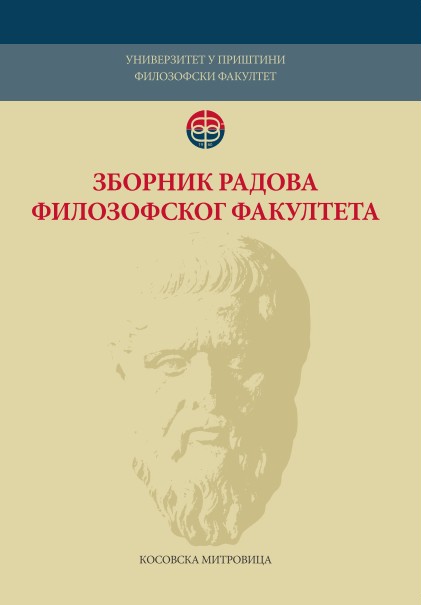Лексичко-морфолошке везе и учење енглеског језика
The interrelatedness of lexis and morphology in English language learning
Author(s): Jelena R. Danilović JeremićSubject(s): Language studies, Language and Literature Studies, Foreign languages learning
Published by: Филозофски факултет, Универзитет у Приштини
Keywords: lexis; morphology; derivation; EFL learning
Summary/Abstract: The past few decades have seen a sparked interest in the development of vocabulary knowledge in both L1 and L2 learners, resulting in an ever increasing body of research which supports the view that vocabulary and morphology are closely related. Morphological awareness, encompassing the knowledge of derivational and inflectional forms, is nowadays thought to be a critical element of vocabulary growth, contributing to a rapid expansion in children's lexicon from the fourth grade to high school (Nagy & Herman, 1987). There are indications of a similar but much slower and more challenging process taking place in the EFL teaching/learning context. Nevertheless, the relationships between various aspects of morphological awareness and vocabulary knowledge have not been investigated in depth, and even less so in Serbian EFL learners. Therefore, the aim of this paper is to explore the aforementioned issue in upper-intermediate Serbian EFL learners, first-year students majoring in English at the Faculty of Philology and Arts in Kragujevac. Their performance on the word segmentation and suffix elicitation task, as measures of receptive and productive morphological awareness (Hayashi & Murphy, 2011), was statistically analyzed and examined in relation to their vocabulary size (Nation, 1990; 2001). The results obtained contribute to our growing understanding of L2 lexical knowledge in EFL learners and have pedagogical implications.
Journal: Зборник радова Филозофског факултета у Приштини
- Issue Year: 47/2017
- Issue No: 4
- Page Range: 301-319
- Page Count: 19
- Language: Serbian

